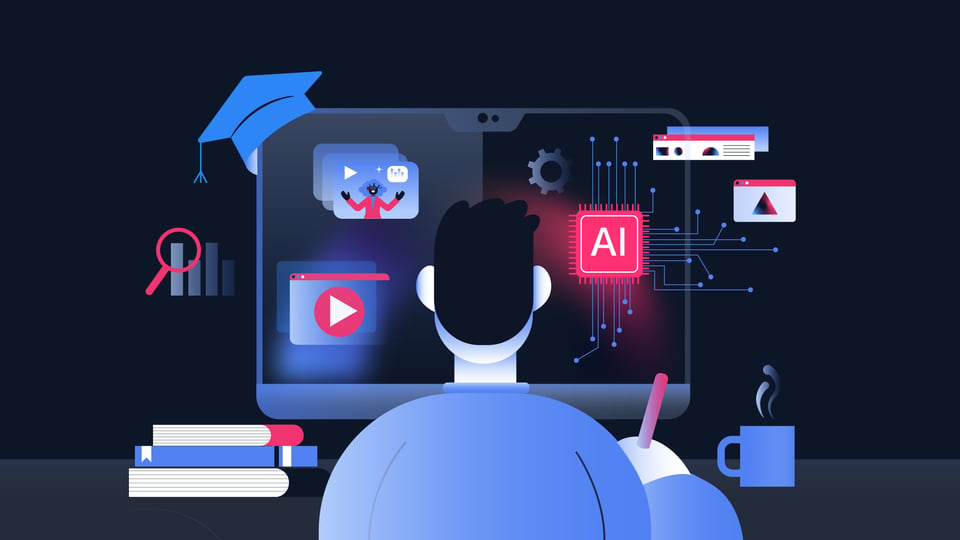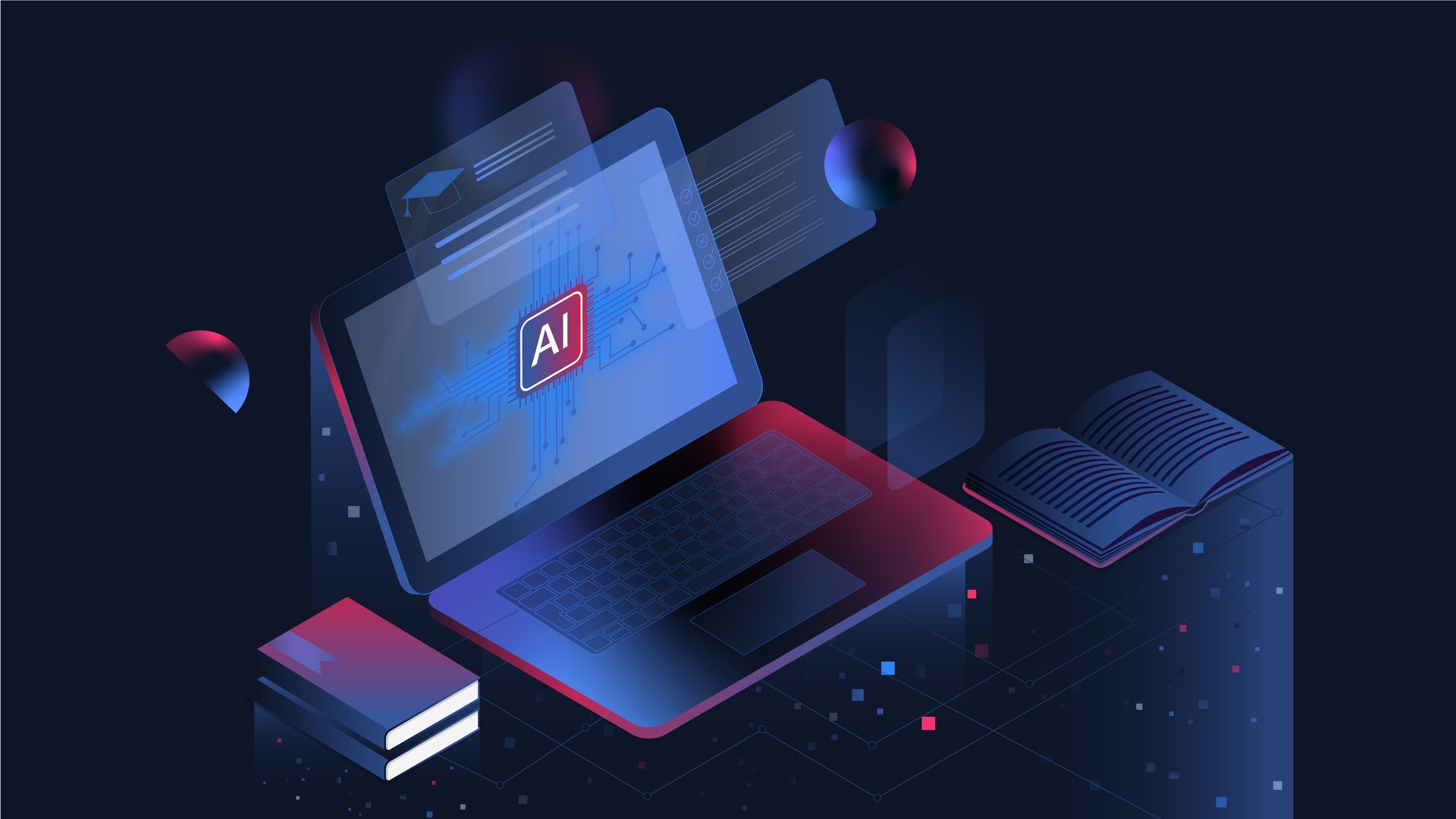An article on digital trends within education was written in 2001 by Marc Prensky detailing the changing culture at the turn of the 21st century. In it, Prensky addressed the effect created by “new” technologies of personal computers and mainstream access to the World Wide Web. He posited that students being taught had a different understanding of technologies than the educators teaching them, that this caused a disconnect between the two groups and that the classroom was the stage in which the scene played out.
Students were “digital natives” whilst teachers were “digital immigrants.” Much like natives to a country, students were “born” into the technological advancements of that time and intuitively embraced its on-demand nature. Teachers, on the other hand, were raised on previous and different technologies and were required to learn the ways of this new world.
Whether or not one agrees that this is an adequate description of what occurred in education at the turn of the last century, it does remind us of how the view of technologies can be very different based upon one’s level of immersion and experience.
The scene of digital transformation looks all too familiar as new technology (AI) emerges and positions itself as a disruptor to norms in education. AI has placed educators (and education) as a whole in a position where they are again strangers in a strange land.
Educators and school leaders now decide either to remain in the days of yore or walk the unbeaten path. The future is uncertain. Hedging all bets - educators will blaze new trails. The teachers of today will learn the language and culture of a classroom filled with the promise and potential risk of assistive technologies included in tools like ChatGPT, Midjourney, and Dall-E. This road will be rocky, but the view from the top is not something to be missed.
This is an exciting time to be part of the educational system. It’s hard to imagine going back to a pre-AI era as elements of education like equity and inclusion are already budding as a result of the tools now available. As current students acclimate to this new technology it further pressures a shift towards the use of AI on a regular basis in our daily lives, and with that the necessity for an educational institution that interweaves AI into its framework.
AI in Education
Success factors
In a previous post, I discussed the role of educators and how it will be challenged by emerging AI technologies like ChatGPT. To rethink curriculum and teaching is a part of the educational design cycle and comes as no surprise. To rethink curriculum and teaching with AI in mind is something entirely different. It will require a new understanding. It will require action. It will require adaptation.
The role of the educator is to facilitate learning, and many educators have already started the journey to facilitate with AI in mind. But what will ensure success along the way, and how can educators be supported in the digital transformation brought on by the introduction of AI?
Want to learn more?
Get in touch!
Embrace change
The goal of educators has always been to provide learners with the ability to reach their full potential. To accomplish this teachers have created stimulating, engaging, and relevant experiences both in and out of the classroom. Whether it be a discussion of current societal trends, a perplexing mathematical dilemma, or a dialogue about the latest literature, teachers are the masters of their craft. Teachers provide a hand-picked assortment of knowledge, skills, and understanding that has been fundamental to building the educational system and society we have today. Educators are curators of that which is essential to move us forward.
There is no question that AI affects information seeking and summary. These two fundamentals of the pre-AI learning experience are still essential, but here the teacher’s role will be to assist in identifying what will be cultivated and curated.
As AI-immigrants, teachers have unique insight. With one foot in the past and one in the future, they understand the developing technologies in ways a native might not automatically possess. Teachers’ understanding of the impact of AI is unrivaled. Their experience and knowledge pre- and post-AI allows them to navigate the two cultures, and act as a curator of tools. Much like a museum curator selecting artwork for display, teachers ensure that the environment for learning meets the needs of their students. In this way, educators that embrace AI pave the road toward creativity, analysis, and reflection in their classrooms.
Traversing Safely
Now, more than ever, are teachers quintessential to the successful integration of AI in education. They will be the change leaders in this digital transformation, but they can’t accomplish this on their own. Transition at the pace that supports learners requires mutual support from within the teaching community. It also requires investment and support from school leadership that deliberately promotes the integration of these new technologies.
These change leaders will also need to create environments built from existing educational technologies that have had AI in their mindset and vision from the beginning. Present technologies like Digiexam had once existed for a single purpose, but have been scaling up to meet the demands of AI in classrooms and exam situations. Locked exam environments are not just for high-stakes testing. They have led to methods where educators re-envision what a testing environment is. They have revitalized how exams are and should be taken. They have also found their place as focus tools for students surrounded by distractors in their learning environments.
Arguments against the integration of AI tools are bolstered by the worries of yesterday - cheating and plagiarism. These side effects shouldn’t be met with knee-jerk reactions that include banning of what could and should be considered assistive technologies. If we proceed down that road, we risk cutting off the nose to spite the face. The alternative to banning is to establish a deliberate practice of prevention using a tool like Digiexam to select when and where AI is encountered by students in and out of the classroom.
A proactive strategy allows students to test, skill-up, and prepare for a world where AI is a reality. Educational technologies act as a safety net granting educators the ability to add or remove tools with ease while ensuring that learners develop skills for the future. In these ways education will bridge the gap between pre and post AI, but how and when will this take place?

AI’s Dilemma for Assessment
AI’s Ouroboros Buzzwords of artificial intelligence, machine learning, neural networks and deep learning propagate through media channels as the world wakes up to the realities of the state of...
Read moreAI Literacy
Current assessment standards are under attack as ChatGPT has demonstrated time and time again that it manages to perform in the top percentiles when given the toughest of tests and assessments. Yes, the ability to interpret, collect, and present information in a coherent way is impressive. The significance here is not how well a bot performs, but that our current skill set being measured is based on a curriculum constructed prior to the current abilities of AI - a skill set of another time and culture.
The uncharted territory ahead consists of reimagined assessments that will assist in developing abilities for a world filled with AI. Today’s discussions are moving from hair-raising statistics, and instead focus on what we will eventually measure and value when a new type of literacy becomes standardized, namely AI literacy.
This literacy can be understood as digital literacy with a twist. In addition to understanding, using, applying, evaluating and creating within digital platforms, education must now incorporate artificial intelligence into the mix. It will likely come in the form of new curriculum standards, but students and teachers must also be a part of this reform. Curriculum design is a complex process as it attempts to preserve the essential elements of learning and education, but it is also predictive in that it tries to include future skills and learning. The voices of teachers and students alike are needed as these future skills and learnings are already being defined in classrooms of today.
With this in mind, it is likely the case that curriculum design will be an area of discussion, fluctuation, and excitement in the year(s) ahead. The need for a curriculum that includes AI has important implications on teachers of today and tomorrow. In-service teachers need to be upskilled about the use and changes that AI brings to the classroom. Future teachers (potential AI-natives) will require training that allows them to critically evaluate AI so as to best prepare their students for the ever-changing world ahead.
The future ahead
We find ourselves in a space and time reminiscent of almost 20 years ago. Educators and school leaders are, again, pulling out all the stops to assimilate and adapt these new technologies to the classroom. To equate generative AI with access to personal computers and the internet is an oversimplified likeness. Instead of a digital divide between teacher and student understandings of AI there is yet a true “native” as we are still in its infancy.
Students are just as much immigrants to AI as their teachers as we all explore its potential. What this ultimately means is that there exists an opportunity to explore, discuss and educate about what challenges the institution. It is now when we determine how and what we assess, teach and design to ensure students are prepared for the road ahead.
In 1901 George Santayana stated that “those who cannot remember the past are doomed to repeat it.” Here we are positioned to meet this challenge head-on and with the learnings still fresh in our minds.

